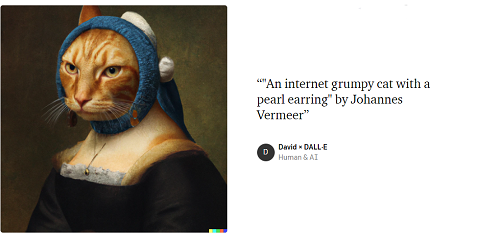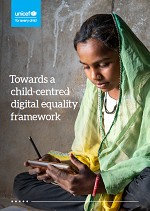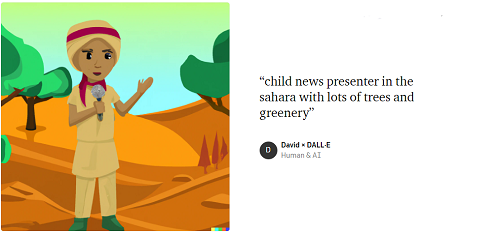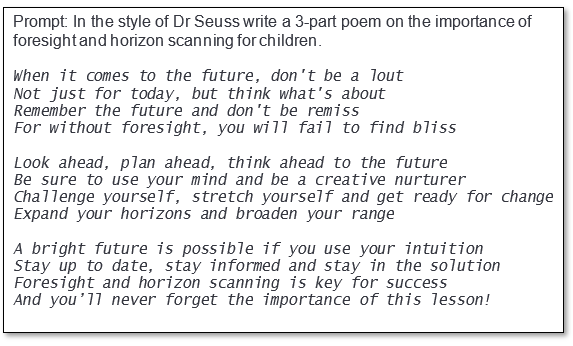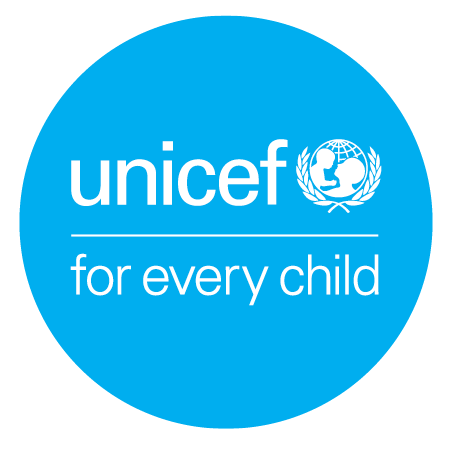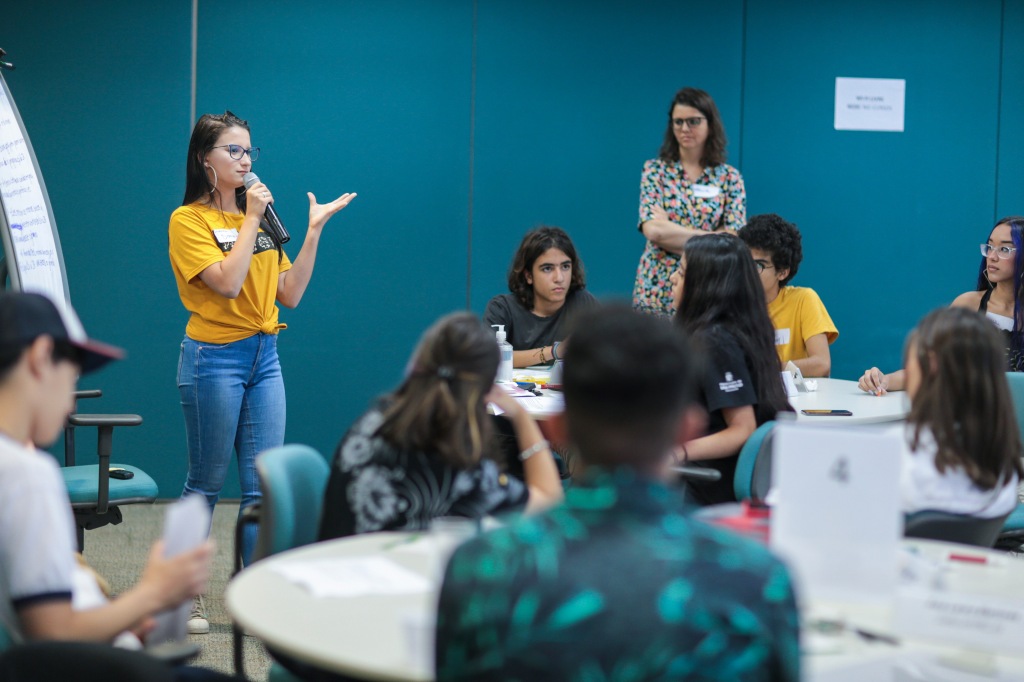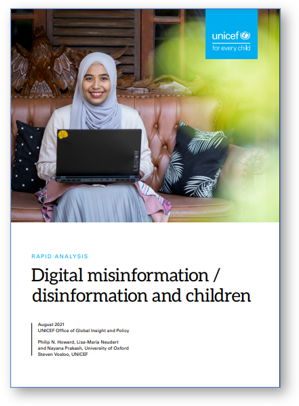I have a tradition, loosely kept since 2009, of writing a short annual review — a looking back and ahead (something like what UNICEF calls a “strategic moment of reflection”). At the intersection of digital, children and policy, what have I done and how have I tried to provide thought leadership?
Biggest areas of interest: Working with amazing colleagues and experts, I’m analyzing issues that could profoundly impact the future of humanity, especially children and youth who are the largest online cohort and driving force of connectivity:
- Achieving digital equality — how can we better address all the issues (including the non-tech ones) that prevent every child from being able to seize digital opportunities and avoid risks?
- Shaping the next evolutionary step of the internet — will it see us moving into the virtual reality metaverse or us staying IRL but laden with wearable and embedded technologies in every aspect of our lives (or both)? How can we ensure AI best facilitates how we interact with information and each other? Our Office’s previous work on AI, data governance and personalized learning has been hugely valuable here.
- Tracking neurotechnology — while it offers unprecedented health benefits for people, like helping those with paralysis move again, will it signal the death of privacy if our thoughts are no longer our own?
In his opening speech at the 2022 UN General Assembly, Secretary-General António Guterres called the “lack of guardrails around promising new technologies to heal disease, connect people and expand opportunity” a “crisis”. The need to unpack what frontier technologies mean for children, and to build those policy guardrails, is pressing today. Positioning UNICEF as a leading organization in this role to help policymakers get ahead of emerging issues is both critical and exciting.
Most impactful moment: Engaging the first cohort of UNICEF Youth Foresight Fellows, a group of bright and talented young futurists, to anticipate global trends. Their insights and ability to see opportunity in crisis were immensely instructive (and refreshing in the current climate of ‘techlash’).
Most brag-worthy: Being a member of the World Economic Forum’s Global Future Council on Artificial Intelligence for Humanity, its Metaverse Governance Working Group, and a contributing expert to MIT Sloan Management Review’s responsible AI initiative.
Most fun: Playing around with AI tools like Dall-E and ChatGPT that generate images and text (see below).
And in 2023 …
Mantra (inspired by the fellows): With young people, shaping the digital future we want beyond putting out fires in the internet we have.
Looking forward to: Working with colleagues in the newly merged UNICEF Innocenti – Global Office of Research and Foresight to bring together the best of research, foresight and policy to better anticipate and direct frontier technologies. Our ambition is nothing less than having children’s rights at the heart of global digital discourse and enabling a future-ready UNICEF. Contributing to the forthcoming Global Digital Compact will be an important moment for influence.
